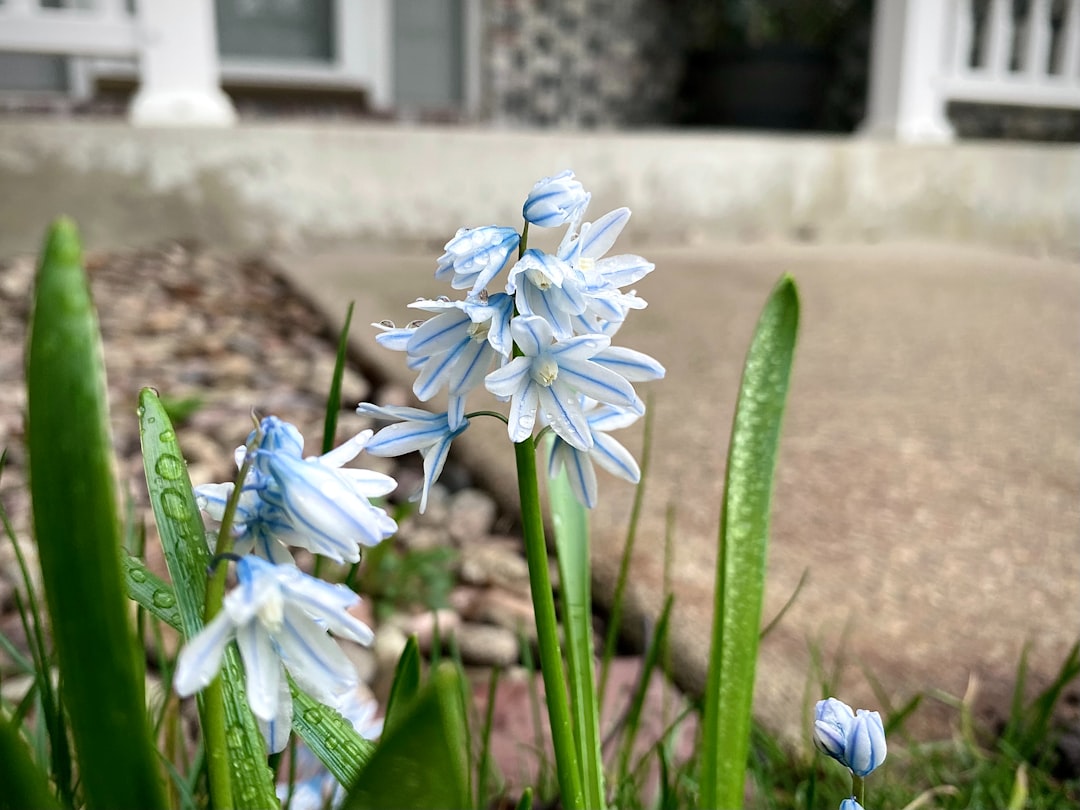The Enchanting World of Hyacinth Bulbs in Your Garden

When it comes to creating a vibrant and fragrant garden, few things can rival the beauty and charm of hyacinth bulbs. These delightful flowers not only add a splash of color but also fill the air with their sweet, intoxicating fragrance. In this article, we will explore the art of planting groups of colorful hyacinth bulbs among other low - growing plants to create a stunning garden display.
Hyacinths are known for their dense clusters of bell - shaped flowers that come in a wide range of colors, including shades of purple, blue, pink, white, and yellow. Their bold hues can instantly transform a dull corner of your garden into a lively and inviting space. One of the great advantages of hyacinths is their relatively short height, which makes them perfect for planting in front of taller plants or among low - growing groundcovers.
Before you start planting your hyacinth bulbs, it's important to choose the right location. Hyacinths thrive in full sun to partial shade. A spot that receives at least 6 hours of sunlight a day is ideal. The soil should be well - drained, as hyacinth bulbs can rot if they sit in waterlogged soil for too long. You can improve the drainage of your soil by adding organic matter such as compost or well - rotted manure.
When it comes to planting, the best time to plant hyacinth bulbs is in the fall, usually around September or October. This allows the bulbs to establish their root systems before the cold winter sets in. Dig a hole that is about 4 - 6 inches deep and place the bulb in the hole with the pointed end facing up. Space the bulbs about 4 - 6 inches apart to give them enough room to grow and spread.
Once you have planted your hyacinth bulbs, it's time to think about the surrounding low - growing plants. Some excellent choices include ajuga, thyme, and sedum. Ajuga, with its colorful foliage, forms a dense mat that can provide a beautiful backdrop for the hyacinths. Thyme not only adds a lovely texture to the garden but also releases a pleasant aroma when stepped on. Sedum is a hardy succulent that comes in a variety of shapes and colors and can tolerate dry conditions well.
As the hyacinths start to grow in the spring, you will be rewarded with a spectacular display of color and fragrance. The flowers will last for several weeks, creating a focal point in your garden. After the hyacinths have finished blooming, you can deadhead the spent flowers to encourage the plant to focus its energy on storing nutrients in the bulb for the next year. Leave the foliage intact until it turns yellow and withers, as this is when the bulb is absorbing nutrients from the leaves.
To keep your hyacinth bulbs healthy and blooming year after year, it's important to fertilize them. You can apply a balanced fertilizer in the fall when you plant the bulbs and again in the spring when the shoots start to emerge. Water the bulbs regularly, especially during dry spells, but be careful not to over - water them.
In conclusion, planting groups of colorful hyacinth bulbs among low - growing plants is a wonderful way to enhance the beauty and fragrance of your garden. With a little planning and care, you can create a garden that is a feast for the eyes and the nose. So, go ahead and add some hyacinth bulbs to your garden this fall and enjoy the magic they bring.